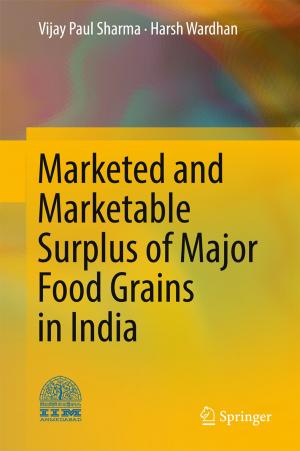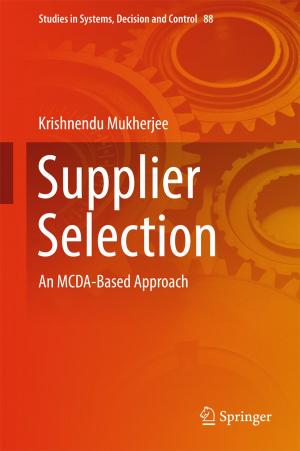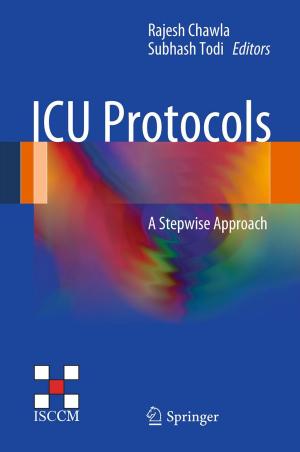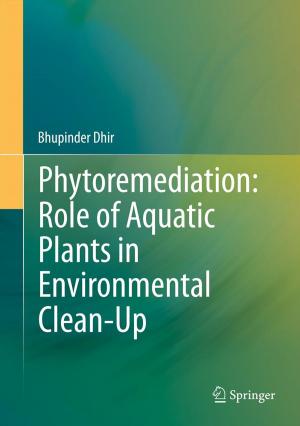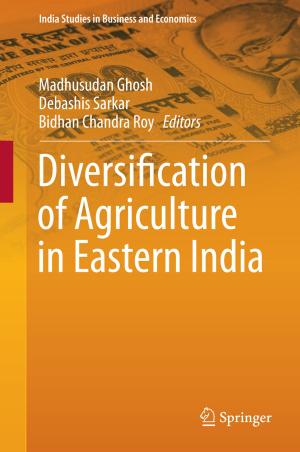Broadening the Genetic Base of Grain Legumes
Nonfiction, Science & Nature, Science, Biological Sciences, Botany, Technology, Agriculture & Animal Husbandry| Author: | ISBN: | 9788132220237 | |
| Publisher: | Springer India | Publication: | October 28, 2014 |
| Imprint: | Springer | Language: | English |
| Author: | |
| ISBN: | 9788132220237 |
| Publisher: | Springer India |
| Publication: | October 28, 2014 |
| Imprint: | Springer |
| Language: | English |
Grain legumes play significant and diverse role in the farming systems and provide nutrition security to the largely vegetarian and relatively poorer people around the world. These are ideal crops for achieving three simultaneous developmental goals viz. reducing poverty, improving human health and nutrition and enhancing ecosystem resilience. Globally, grain legumes are the second most important crop group next only to cereals but a large proportion of area of it is under rainfed-low input systems as compared to cereals contributing to lower yields. The other important factor responsible for reduced yield in grain legumes is the narrow genetic base of the present day pulse varieties. In order to break the yield barriers of these cultivars, new sources of genes/ alleles need to be identified and suitably incorporated into the adapted background. The information on various aspects of grain legume improvement although has been considerable in the recent past, these information are highly scattered and not available at one place. The present book consists of comprehensive and latest crop-wise information on important grain legumes of the world including their distribution, gene pool, systematics, status of genetic and genomic resources, production constraints, traits of importance, crop improvement methodologies - both conventional as well as contemporary and future strategies to be adopted for comprehensive grain legume improvement in various agro-ecological target areas of the globe. The chapters have been contributed by eminent crop experts from across the world engaged in research in their respective crops for the past several years thus providing a rare insight into the crop specific constraints and prospects drawing from their rich overall experience. The book therefore will be a useful source of information to the grain legume researchers, students, policy planners and developmental experts alike.
Grain legumes play significant and diverse role in the farming systems and provide nutrition security to the largely vegetarian and relatively poorer people around the world. These are ideal crops for achieving three simultaneous developmental goals viz. reducing poverty, improving human health and nutrition and enhancing ecosystem resilience. Globally, grain legumes are the second most important crop group next only to cereals but a large proportion of area of it is under rainfed-low input systems as compared to cereals contributing to lower yields. The other important factor responsible for reduced yield in grain legumes is the narrow genetic base of the present day pulse varieties. In order to break the yield barriers of these cultivars, new sources of genes/ alleles need to be identified and suitably incorporated into the adapted background. The information on various aspects of grain legume improvement although has been considerable in the recent past, these information are highly scattered and not available at one place. The present book consists of comprehensive and latest crop-wise information on important grain legumes of the world including their distribution, gene pool, systematics, status of genetic and genomic resources, production constraints, traits of importance, crop improvement methodologies - both conventional as well as contemporary and future strategies to be adopted for comprehensive grain legume improvement in various agro-ecological target areas of the globe. The chapters have been contributed by eminent crop experts from across the world engaged in research in their respective crops for the past several years thus providing a rare insight into the crop specific constraints and prospects drawing from their rich overall experience. The book therefore will be a useful source of information to the grain legume researchers, students, policy planners and developmental experts alike.

